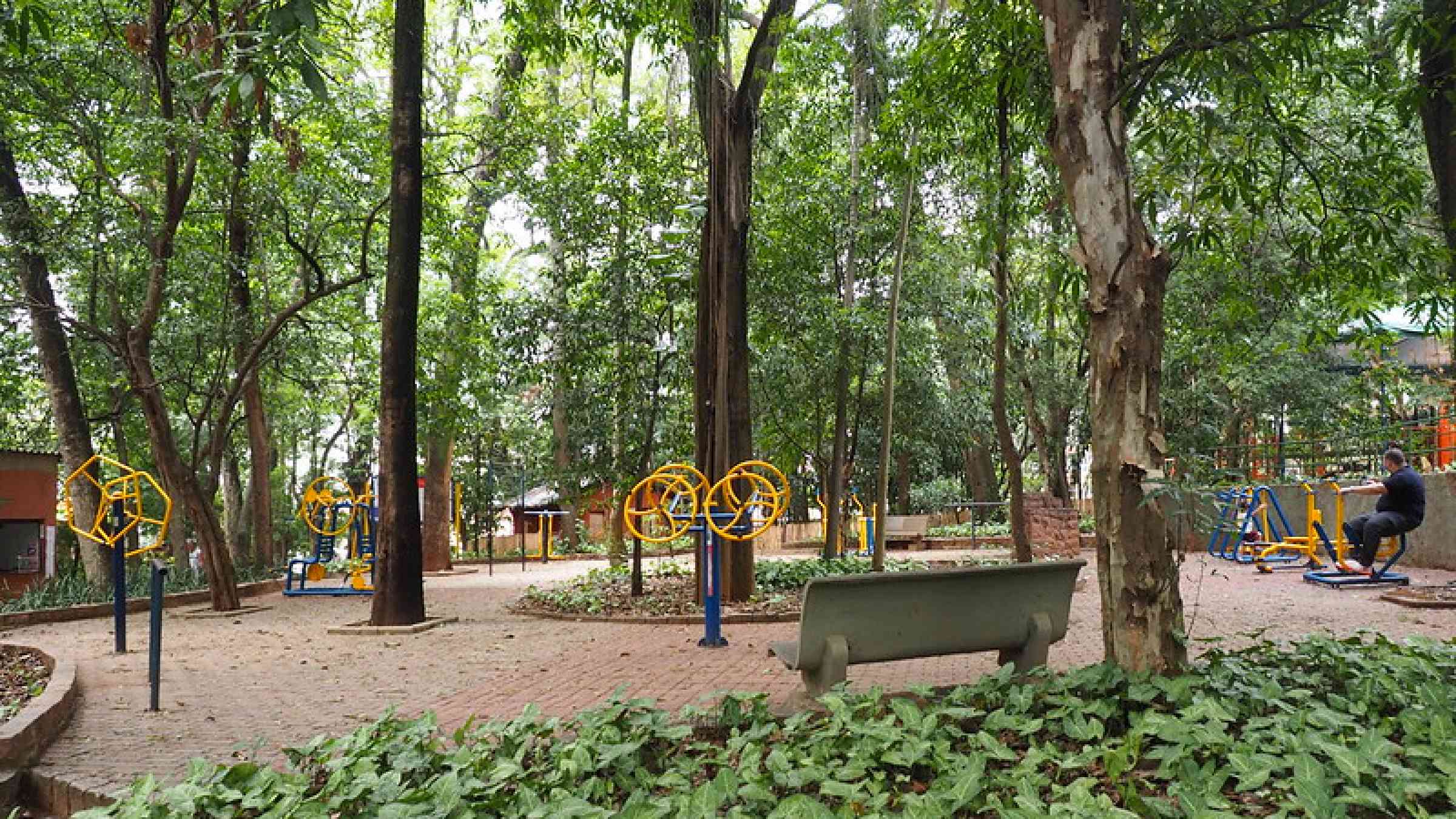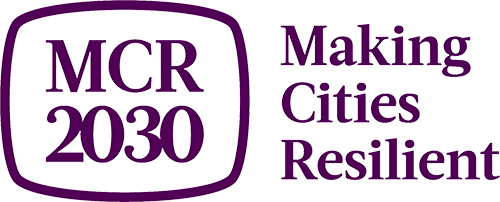Climate resilience: an investment not a cost

The sixth feature in this Making Cities Resilient 2030 series, under the theme ‘From Risk to Resilience: Building a Local Climate of Success’, profiles Campinas, in Brazil
Campinas’ decision to get on the front foot to address its climate risk has resulted in the number of city districts at risk from flooding and landslides reducing from 75 to 30 – a decrease of 64 per cent.
Severe storms and associated flooding in 2003, prompted the Brazilian city to transform its approach and dramatically strengthen its climate and disaster risk governance. In an era of escalating climate risk, the city is convinced that prioritizing resilience is an investment not a cost for its citizens. The 2003 disaster exposed gaps in municipal disaster risk management. It highlighted the need for an overall urban resilience approach and heralded a profound change in the city's strategic vision. Campinas took up the challenge accordingly. In the past almost 20 years it has drastically reduced fatalities resulting from extreme weather and cut the number of people affected by such events.
The transformation occurred on two fronts. First, Campinas institutionalized the resilience agenda and its priorities through municipal decrees and other legislation. This established participatory risk governance structures and embedded resilience as a longer-term priority that would survive changes in local political leadership. Second, the city mainstreamed resilience through various municipal sectors. This strengthened the integration of local capacities and resources into overall development planning and action, enabling public services to mostly continue during times of disruption. In a series of pioneering moves, Campinas became the first Brazilian city to establish a Resilient City Committee related to UNDRR’s Making Cities Resilient Campaign in 2013. The Committee coordinates multi-sectoral actions and allocates resources for initiatives, such as the renovation of housing and relocation plans for populations living in at-risk areas.
Four years later, Campinas became the first city in the country to develop a Local Resilience Plan (with UNDRR technical support) built upon extensive multi-sectoral engagement that consciously integrated various policy learnings. These steps have provided the city with a strong foundation – and a clear vision – to scale up its climate resilience ambition and action in several ways. Campinas has passed laws that set targets on its reduction of greenhouse gases. This is supported by a Greenhouse Gas Emissions Inventory as well as Vegetation Recovery Programme called ‘Programa Reconecta’.
The programme is boosting cooperation between the 20 municipalities that make up the wider Metropolitan Region of Campinas, establishing joint strategies in relation to fauna and flora conservation and recovery. It has the support of ICLEI South America, co-chair of MCR2030’s Regional Coordination Committee, through the INTERACT-Bio project. In tandem, Campinas has developed a network of 190km of bicycle paths, created 49 new parks, introduced more than 300 electric buses, and is implementing an integrated multi-hazard warning system. The Metropolitan Region of Campinas recognizes that the Climate Emergency and associated loss of biodiversity poses significant challenges to local development.
It prompted the region to become the first in Brazil to launch a collaborative strategy for biodiversity. It focuses on the following pillars – urban afforestation, linear parks, ecological corridors, wildlife, regulation, inspection and compensation, articulation, and communication. The plan engages 80 different actors from various sectors and puts biodiversity and healthy ecosystems at the heart of regional and local development. Ecosystems receive greater protection in territorial planning and nature-based solutions are increasingly incorporated into urban development actions. Through INTERACT-Bio, Campinas is improving the use and management of natural resources in the city itself and the surrounding region with the help of ‘stress level’ mapping of local ecosystems.
As part of an ongoing Resilient Community Project initiative, the city is working to increase the understanding of climate risk among local communities, including more at-risk groups such as elderly and children. It develops various risk scenarios, the results of which are disseminated to the local population. Linked to this, Campinas has also established a comprehensive climate and disaster resilience training programme for officials and citizens. The Project continues to have many positive spin-offs, including keeping climate resilience high on the local political agenda.
The above achievements are founded upon a partnership approach to climate resilience. Good collaboration with many sectors has become the norm. For instance, researchers from the State University of Campinas (UNICAMP) support the city to monitor and evaluate its resilience actions. Campinas’ approach to resilience extends beyond its municipal boundaries. It is underpinned by a philosophy of ‘the safer your neighbour, the more resilient your own city’. As such, the city maintains strong links - for instance through common contingency plans – with nearby municipalities in the State of São Paulo as well as state level bodies. The city has organised several knowledge exchanges that focus on how it overcame various challenges with the aim of inspiring its neighbours to initiate similar processes.

